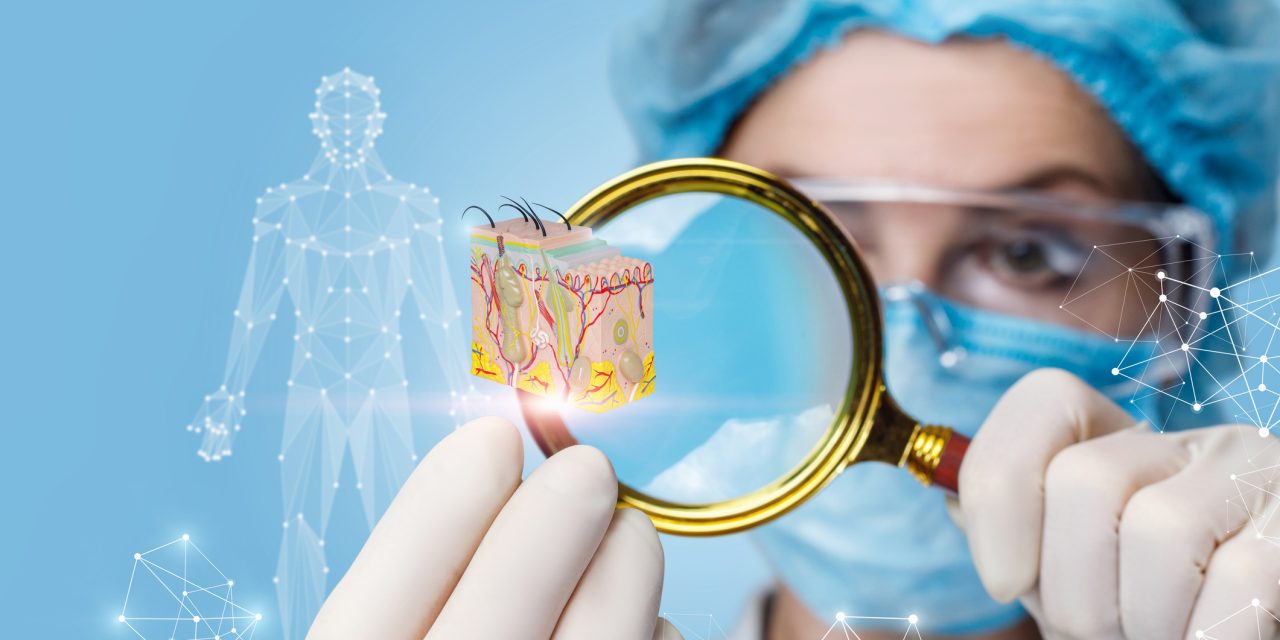The skin undergoes physiological changes due to age. It also affects a person’s health and well being. Knowledge of biological and pathophysiological factors in skin aging is essential. They help in identifying new targeted skin areas for therapy or prevention. In this study, the researchers studied the subjective differences at the level of gene expressions.
The study design helps to locate potential therapy targets, pathways, and processes. Subjects included young and old, UV-exposed, and sun-protected skin areas. Researchers used 10 samples of each for generating the transcriptomic data using HG-U133 Plus 2.0 Affymetrix GeneChips. The data then underwent processing using theme analysis, hierarchical clustering, and interactive mapping.
The study revealed two types of aging data. In photoageing, 13640 probe sets were significantly different for young and old arm skins, and for intrinsic aging, 7215 probe sets were different for young and old buttock skin comparisons. In both cases, reduced gene expression indicated lipid biosynthesis and outer skin layer differentiation. These had functional relevancy to skin barrier integrity and maintenance. In both aging types, increased gene expression led to oxidative stress and lowered antioxidant defenses. The two types differed mainly in the extracellular matrix with low interstitial collagen for intrinsic and high elastic tissue for photoageing.
The data helped identify new skin aging biomarkers related to inflammation, matrix proteins, and proteases abnormalities. These new insights will lead to more targeted therapeutic interventions.
Ref: https://onlinelibrary.wiley.com/doi/10.1111/j.1365-2133.2012


